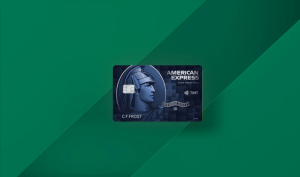The insurance companies developed payment protection insurance to help people who are unable to make payments for their loans. The inability to pay can occur due to different reasons namely the borrower dies, loses a job, becomes ill or disabled, or faces other situations that prevent him/her from paying.
Basics about PPI
People also know PPI as credit protection insurance, or loan repayment insurance, or credit insurance. You can purchase this insurance product separately from the loan itself. The credit protection works for any kind of loans ranging from car loans to mortgages, credit card or other credit repayments.
PPI is an optional product, and you can buy it from finance companies or home mortgage borrowers. Although the consumer is the one that pays for PPI when the risk occurs, the company that extended the loan to the borrower is the one that gets most of the benefits.
With payment protection insurance, you can cover just a minimum amount for a short period of time (not more than 12 months). The financial companies assume that the consumer can find a way to restart payment in those 12 months.
Calculations
Usually, for lump sum loans the price you pay for payment protection insurance varies from 16 to 25 % of the amount you are borrowing. For credit cards, the charge is approximately 0.78 – 1 % from each 100 $ of your current unpaid balance.
How do you know if you have a PPI?
There are situations when people buy a loan from other people or finance companies, and do not know if the loan came with a PPI. Finding out if your loan has a PPI attached is pretty easy and does not take too much time.
If you have a credit card, you can follow in your statements all the payments that are taken, and see if any of them is going to PPI. If you have a personal loan, the only way to find out if you have payment protection insurance is by calling your lender and asking him about it.
Who can Re-claim PPI?
There are situations when the payment protection insurances have been mis-sold. Most of the times, it is very difficult to prove a mis-selling. If the insurance was sold to a customer that could not reclaim it under any circumstances, the case is quite clear and the mis-selling can be proved. Here are some of these situations:
- The customer did not have a job when he took the insurance
- The customer was suffering from a medical condition that kept him/her from working, and none explained him/her that the insurance is not a fit for his/her situation
- The customer received a refund that was considerably less than the cost he/she paid
- The entire cost of PPI or other costs related to it has not been properly explained to the customer, etc.
How much will you get back?
If you can prove that the payment protection insurance was mis-sold, you should receive the entire amount you have paid, plus interest. If the insurance was not mis-sold, but you did not receive a fair treatment when you wanted to cancel it, the company should re-calculate and you should receive a fair amount. This does not mean you will receive the entire amount that you have paid, but you should get a fair percentage of it.








